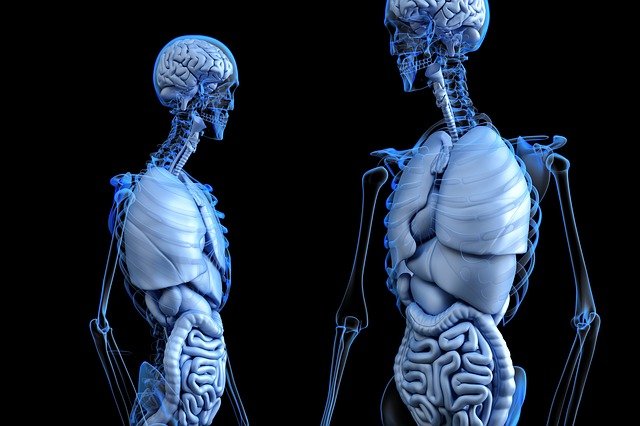Scientists have discovered that a drug used to treat HIV helps restore a particular kind of memory loss in mice. The results hold promise for humans, too. ROBERT F. BUKATY/AP hide caption
toggle caption
ROBERT F. BUKATY/AP
An HIV drug — known as maraviroc — may have another, unexpected, use.
The medication appears to restore a type of memory that allows us to link an event, like a wedding, with the people we saw there, a team reports in this week’s issue of the journal Nature.
Maraviroc’s ability to improve this sort of memory was demonstrated in mice, but the drug acts on a brain system that’s also found in humans and plays a role in a range of problems with the brain and nervous system.
“You might have an effect in Alzheimer’s disease, in stroke, in Parkinson’s and also in spinal cord injuries,” says Dr. S. Thomas Carmichael, chair of neurology at the University of California, Los Angeles, who was not involved in the study.
From mice to maraviroc
The ability to link memories that occur around the same time is known as relational memory. It typically declines with age, and may be severely impaired in people with Alzheimer’s disease.
Problems with relational memory can appear in people who have no difficulty forming new memories, says Alcino Silva, an author of the new study and director of the Integrative Center for Learning and Memory at UCLA.
“You learn about something, but you can’t remember where you heard it. You can’t remember who told you about it,” Silva says. “These incidents happen more and more often as we go from middle age into older age.”
Scientists have known about the existence of relational memory in people for a long time, Silva says. “What we haven’t known is how the brain does this.”
That changed when Silva’s lab began studying a molecule called CCR5.
In the body, CCR5 is a key part of the immune system. But in the brain, CCR5 controls a process that helps separate recent memories from older ones. Without that separation, we wouldn’t know whether we met someone at the wedding we attended last week, or at a conference that happened decades ago.
Silva doubted that the CCR5 molecule could explain why people and mice develop relational memory problems with aging.
“But we checked, and voila,” he says.
It turned out that levels of CCR5 increase with age, and appear to “turn off” the ability to link memories.
Silva’s lab tested that idea in mice that have a disabled form of CCR5.
These mice could link memories made a week apart, while typical mice could only link memories made within a few hours of each other.
The team then took typical, middle-age mice and infused maraviroc into the hippocamus, an area of the brain that’s important to memory.
“This drug gave you the same thing,” Silva says. “It restores memory linking.”
A possible treatment for stroke
The results hold promise for aging people, and even for stroke patients, Carmichael says.
In 2019, Silva and Carmichael were among the authors of a paper showing that levels of CCR5 rise sharply after a stroke.
In the short term, this burst of CCR5 activates systems that help brain cells survive, Carmichael says. “The problem is those systems stay active and they limit the ability of those brain cells to recover.”
To repair the long-term damage from a stroke, brain cells need to form new links — a process that is much like the one used to connect certain memories. CCR5 prevents that.
So Silva and Carmichael tried giving maraviroc to mice who’d had a stroke or brain injury. Sure enough, they recovered faster than other mice.
Then they studied a group of stroke patients with genes that give them naturally low levels of CCR5. Once again, that meant faster recovery.
Carmichael is currently involved in a study that will test whether maraviroc can help people who’ve had a stroke.

